The news came suddenly and hit them hard like heavy weather.
A gem of the South Baltimore waterfront, Harborview Marina, was to close March 31. Thom Price, John Creamer, Jeremy Salkin with his wife and dog, everyone — all the liveaboards who call the marina home had a little over two weeks to get out.
Everyone could see the concrete pier was worn down. They joked about the owners’ maintenance plan consisting of bubblegum and duct tape. But was it really that bad?
“We just received a report from our marine engineer advising us that this decision is required because of safety concerns about the current condition of the fixed pier,” the marina director wrote them.
Mageline Kelley was going to cry. Creamer was pissed. He has lived here for 12 years, aboard his 42-foot motor yacht. He was starting a petition. They needed more time.
“This dude’s not even in the country,” said Salkin, pointing to a neighbor’s battened-down sailboat. “For all I know, he hasn’t even gotten the email.”
He pointed to another. “That boat’s still covered in plastic.”

The urgency of the evictions has been met with skepticism around the docks. Sailors have been wheeling dock carts with supplies down the pier. The staff still drives a golf cart across it. There’s nothing cordoned off for safety. Nothing has wobbled, let alone collapsed.
Harborview owners declined to provide a copy of the engineer’s report.
“Everyone wants to see it,” Salkin said, ”because there’s definitely a feeling that that’s not what’s actually going on.”
Indeed, across the harbor in the Baltimore Circuit Court are the case files that hint at something more.
Baltimore titans
Dr. Selvin Passen and Richard Swirnow seemed well-suited as eventual co-owners of Harborview Marina.
Born in the 1930s, they studied at universities in Baltimore, made fortunes by middle age as pioneers in their fields, then embarked on second acts as developers and philanthropists. Both gravitated toward the Baltimore waterfront.
Swirnow still lives in the penthouse of the Harborview condominium tower that overlooks the marina. His wife said he was not in a condition to take visitors.
Passen owns homes in Florida and on the Eastern Shore. He did not return messages.
A graduate of the University of Maryland School of Medicine, Passen co-founded a private diagnostic lab in the late 1960s with the unassuming name of Maryland Medical Laboratory Inc. The lab screened for illnesses such as cancer, diabetes and heart disease, then branched into veterinary testing.
Under Passen, it became one of the country’s largest diagnostic labs, employing 1,600 people across 40 offices and making more than $80 million a year, The Baltimore Sun reported in 1993. The next year, the lab merged with the testing branch of Corning Inc., the New York State technology company famous for inventing Pyrex.
“When I sold my practice, I really wasn’t ready to retire,” he told the Daily Record.
Swirnow, meanwhile, graduated from Johns Hopkins University in 1955 with a degree in industrial engineering. He built homes before shifting to specialized commercial construction. By the early 1970s, he held the rights to the Hambro joist system, an advanced flooring structure that sets steel joists into concrete walls. Swirnow’s engineering shored up buildings from the headquarters of the Trans-Alaska Pipeline to the offices of Walt Disney World, The Sun reported.
In 1984, Swirnow assembled an investor group to buy Bethlehem Steel’s old shipyard off Key Highway in South Baltimore. The investor group collapsed into litigation, but he found new backers with a bank in Thailand and won the 42-acre waterfront site at foreclosure auction. He fended off years of lawsuits. His vision was bold: to transform the derelict shipyard into posh real estate with towers, luxury condos — and a marina.
His $600 million development settled on a name, Harborview.
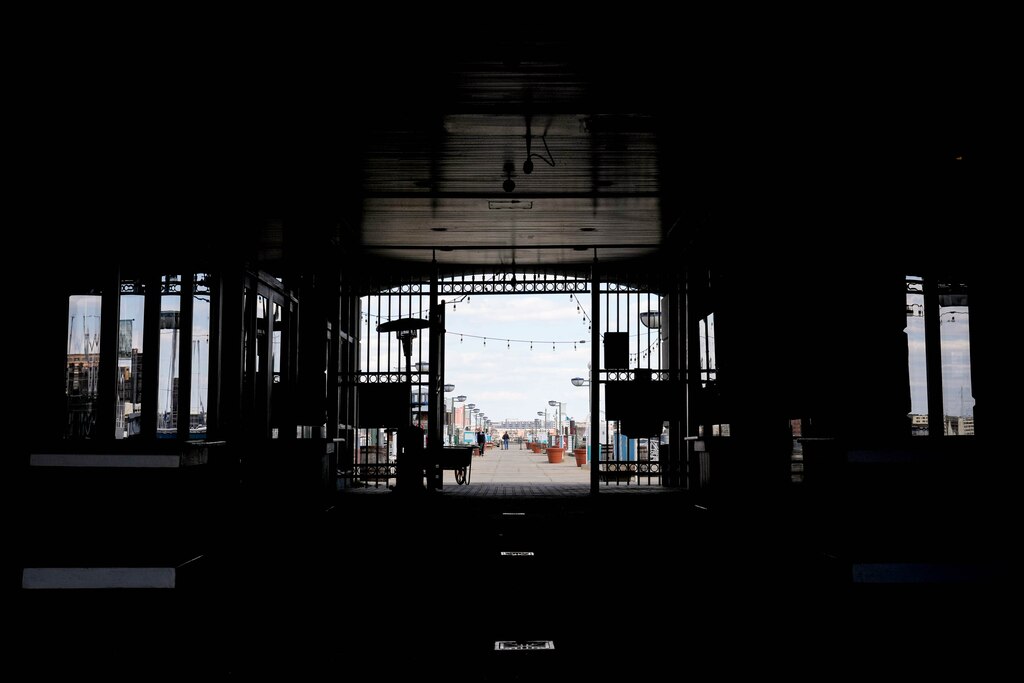
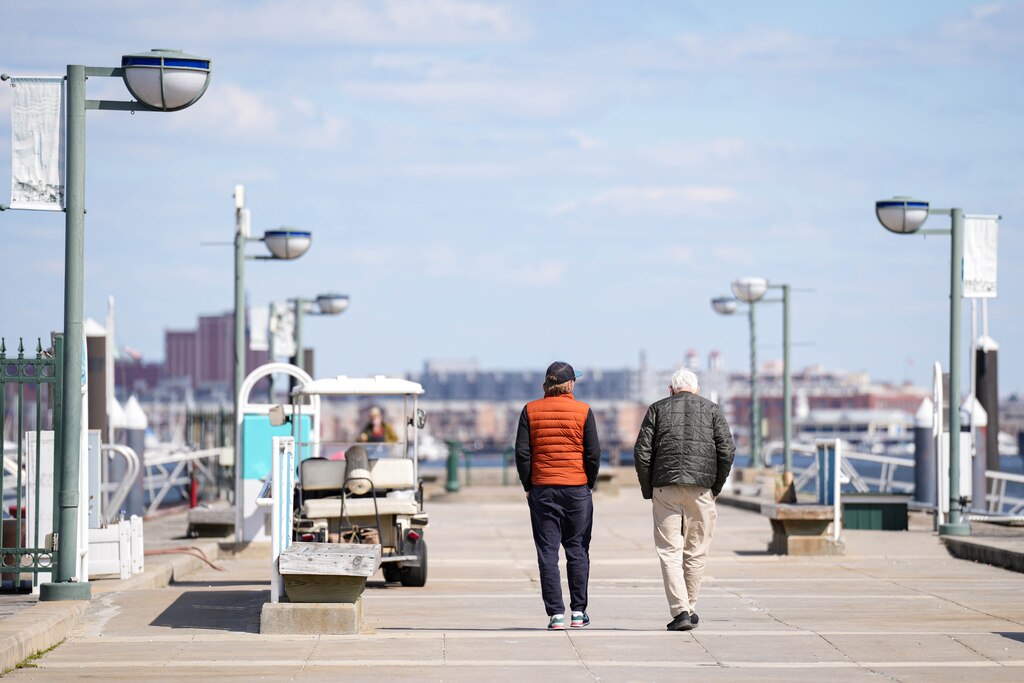
The “pit bull” of Harborview, The Sun labeled him in a 1990 article.
“I would like to be thought of as someone very tenacious,” he told the newspaper. “When it came to this project, every obstacle I ran into, my mindset was: Step aside and keep going.”
Due east across the Patapsco River, Passen, a sailing enthusiast, saw a chance to leave his own imprint on the Baltimore waterfront. He envisioned a gold coast along Canton’s Boston Street with luxury condos and a glittering marina. By the mid-1990s, he was pursuing the $10 million redevelopment of Lighthouse Point.
That was the start of Passen’s marina empire. He took in his yacht captain, Dan Naor, a former Israeli Naval officer, as a business partner. A decade later, Passen was buying up parcels of the 60-acre Fort Lauderdale Marine Center, the largest yacht repair yard and marina in the U.S.
In 2009, Passen bought into a new company to own and operate South Baltimore’s Harborview Marina, the showpiece of Swirnow’s shipyard development. The doctor’s company invested $1.5 million to fix up the marina, according to an article in The Sun.
Court documents describe an entity for Passen as holding 60% interest in the Harborview Marina company. A Swirnow entity held 40% interest. The marina’s new corporate structure required both sides to approve any sale or transfer, or any decision to dissolve the ownership company.
The titans were locked in as partners.
Floating neighborhood
Jeremy Salkin had grown tired of his commute to University of Maryland, Baltimore County, but he worried about the expense of the dorms. He devised a plan that may sound crazy to anyone but an adventuresome college kid: live on a boat.
It was 2011, and he settled aboard a cramped sailboat with buddies at Harborview. The marina felt like a resort, with potted palm trees and the barge at the end with a swimming pool and tiki bars. Salkin held open mic nights in the lounge. They had the best seats in the city for the Fourth of July fireworks. He rode his skateboard up and down the concrete pier.
“The whole community took care of me. It was the best,” he said.
Salkin stayed after college. He married another sailor. They got a dog named Franklin. He’s lived there all this time.
There are glitzier marinas along the Baltimore waterfront, but there’s something special about Harborview. Here, college students lived among retirees. One man sold his house to afford his kid’s out-of-state tuition. Another had come from Greece. Sam Gardner, an Army Reservist from Atlanta, bought a boat at Harborview and was delighted by his colorful cast of neighbors.

They swapped sailing lessons and sipped the eggnog that Creamer made from his grandfather’s recipe. The charm of the waterfront had brought them together to this floating neighborhood of 278 slips, wealthy and working class alike, joined in their pursuit of adventure or plain pragmatism. Who wants a 30-year mortgage anyway? Nights, they could hear the music at Little Havana. They watched the moon rise over the Natty Boh sign. Harborview was distinctly Baltimore, worn but homey, with all the romance and nostalgia of a favorite dive bar.
There were few clues of the power struggle playing out on shore.
The aging Passen had decided to sell his empire. In the summer of 2015, he sold the Lauderdale Marine Center to the global investment firm The Carlyle Group for $140 million to $150 million, according to news articles.
Later that year, Passen notified Swirnow of his intent to sell Harborview Marina.
Court records lay out what happened next.
Passen wanted to bundle Harborview with his other Baltimore marinas into one deal.
The doctor told Swirnow that an anonymous buyer called Baltimore Washington Enterprises LLC had made an offer of $8 million for the marina. In turn, Passen offered $10 million to buy out Swirnow’s 40% stake.
The offer raised Swirnow’s suspicions. Why would Passen pay $10 million to sell the marina for $8 million?
Swirnow’s attorneys wrote that they worried there were perks to the deal that Passen was holding back, including something called “perpetual marina leases.”
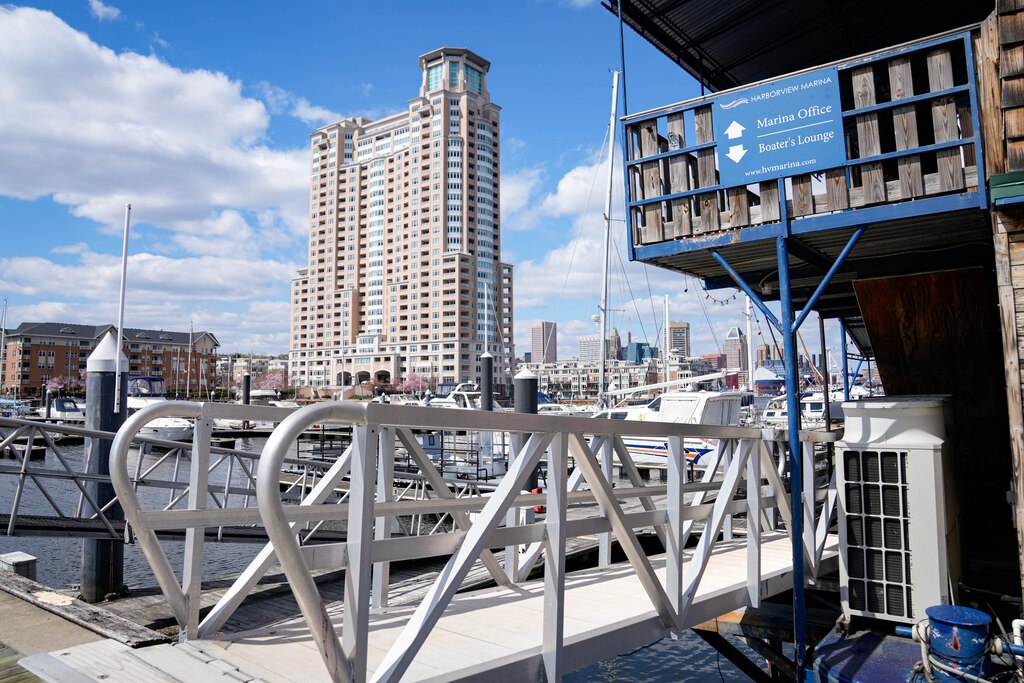
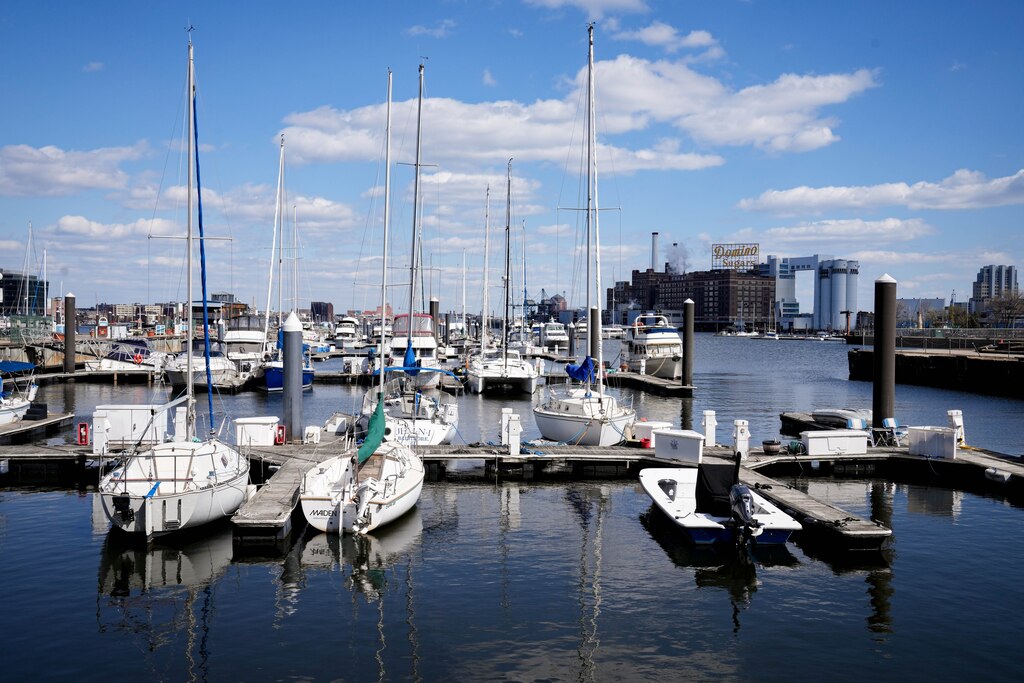
Swirnow refused to sell, and the fight ended up in court, with dueling lawsuits and allegations of fraud, bullying and bad-faith negotiations. Passen’s attorneys accused Swirnow of being unreasonable and blocking sale of the marina over old grievances, including his disappointment that the marina restaurant was not open more and that the staff did not attend community meetings.
Attorneys for both men did not respond to messages.
In the end, the sides dropped their lawsuits in 2017. There’s no indication from the court files that the two men ever reached an understanding.
Rather, attorneys for Passen wrote that they concluded that Swirnow had “no serious intention of accepting any buyout or sale proposal.”
Pulling up anchor
Back at the docks, the liveaboards noticed conditions worsening. Broken deck boards and busted gates went without repair. The pier still seemed to be crumbling. Work crews had been coming for years to pump in more concrete.
Salkin had moved his 50-foot Gulfstar sailboat to the high-rent district toward the end of the pier. There the water opens up clear across the harbor to the Domino Sugars sign.
“There’s just been no money and effort into maintenance,” he said. “If the minor stuff isn’t getting taken care of, is the big stuff?”
Still, they had reasons to question the email about a structural emergency.
About a year ago, an unfamiliar businessman showed up to the docks. The man introduced himself as J. Wayman and surprised them all by saying he was buying the marina, according to several people who live at Harborview. He threw a party for everyone in the lounge. He was gone just as suddenly.
A website for Wayman describes him as a real estate investor with connections to New York, Atlanta, Detroit and Baltimore. He declined to comment. Property records show no change in the marina’s ownership.
All the legal maneuvers — including defaulted loans to the marina ownership corporation — raise more questions than answers.
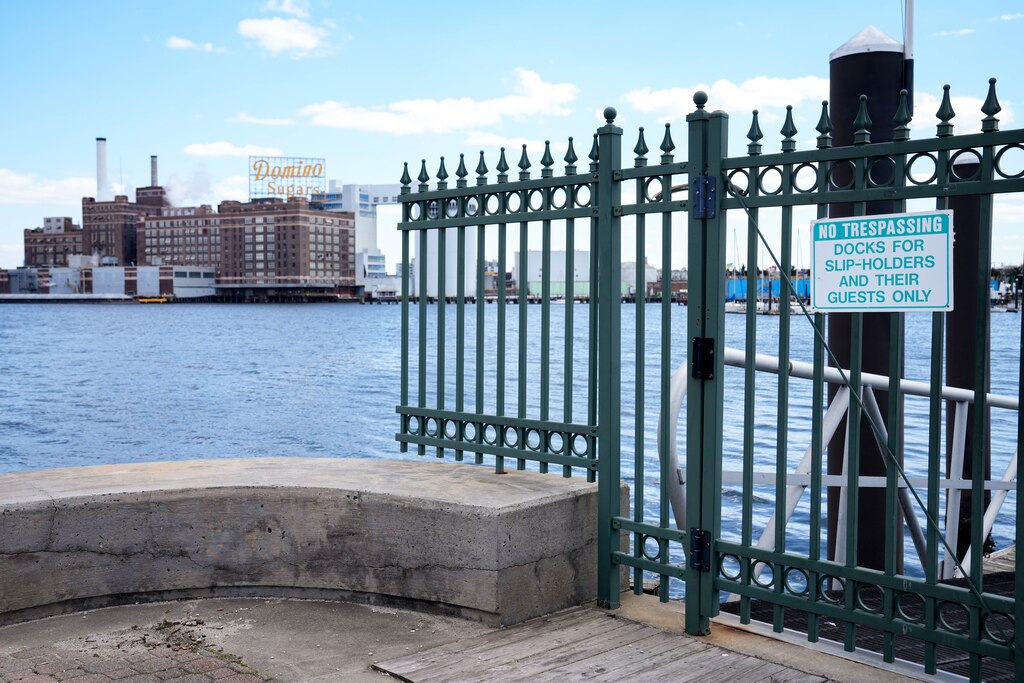
Thom Price splits time between his boats at Harborview and a marina in St. Michaels, and he put it bluntly: “The issue with the pier is a ruse.”
He is moving full-time to St. Michaels, where he works as a master shipwright at the Chesapeake Bay Maritime Museum.
“When you are a liveaboard, there’s a certain amount of freedom that you have,” he said. “But you don’t have the rights that you would if you lived in an apartment building.”
Perhaps the aging tycoons have finally ended their stalemate to sell the marina. Others worry that Harborview will sit empty and languish, becoming a prominent eyesore. What can be done?
Salkin’s leaving for Anchorage Marina in Canton, others for Henderson’s Wharf in Fells Point.
There’s frustration and grumbling about distant rich guys not caring, but that’s all. Monday is the deadline to leave.
There’s no time for anything, really, but to test the old engines, throw in the lines and shove off.



Comments
Welcome to The Banner's subscriber-only commenting community. Please review our community guidelines.